Unleashing the Global Art Impact of Europe European art has been the powerhouse, shaping the artistic essence of countless cultures for centuries. Art mirrors society, evolving as it dances with diverse civilizations and their cultural legacies.
European art boasts unique styles, etching a vivid cultural identity. Think of the exquisite Greek sculptures from the Athenian Empire's zenith, where grace and vitality steal the show, keeping intricate details at bay.
In contrast, non-Western cultures are famed for their ornate ornamentation and mesmerizing calligraphy, as evident in the vibrant tapestry of Islamic art, enriched by Quranic themes and adorned with symbolic gold.
But here's the kicker: European influences don't stop at home. They've ventured beyond borders, influencing the visual arts, literature, and performances worldwide. From the Renaissance onward, European artists embarked on a global odyssey, drawing inspiration from far-flung cultures.
This exchange of creative sparks has ignited new artistic galaxies while magnifying existing constellations. Dive in to unveil how cultural identities have forged the path of European art.
Cultural Identity Unveiled in European Art
European art, a magnificent fusion of prehistoric art, petroglyph masterpieces, and nature's canvas, including the awe-inspiring Paleolithic rock and cave paintings.
Take Newgrange, a Neolithic wonder in County Meath, Ireland, standing proudly since around 3200 BC, older than both Stonehenge and the Egyptian pyramids. A testament to the profound cultural legacy of Irish art.
The roots of European art history reach back to the third millennium BC, encompassing the artistic treasures of Ancient Israel and the Ancient Aegean civilizations. Classical antiquity in Europe was a melting pot of diverse cultures, featuring intricate carvings, towering standing stones, and a trove of artifacts.
But European art isn't just a medley of artistic styles; it's a reflection of the rich cultural tapestry that has woven Europe's nations together. This cultural mosaic has left its indelible mark on European identities, serving as the heartbeat of the continent.
This central identity isn't just a concept; it's the cornerstone of Cultural Identity and European Integration, laying the foundation for a consistent artistic journey across Europe and the Globe.
Let’s see our top 5 Eras influenced our world in many ways:
- Renaissance Art (1400-1600) A Cultural Rebirth
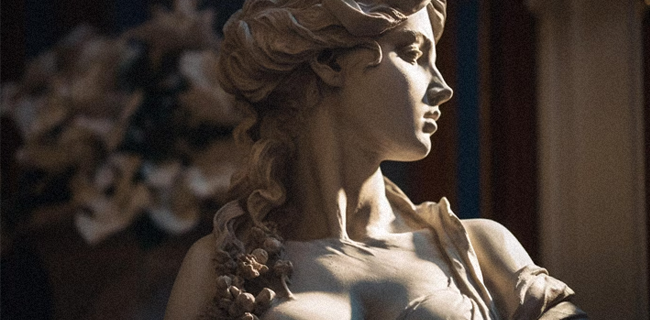
The Renaissance marked a profound revival of both art and classical texts, shifting the spotlight from medieval scripture to the treasures of classical antiquity. It was an era that saw a resurgence of philosophical inquiry as faith in God came under scrutiny. Knowledge of the past became a prized possession, surpassing the values of previous centuries.
To grasp Europe's cultural essence and influence, cast your gaze back to the Renaissance—an era hailed as a renaissance of art and culture. Its enduring legacy continues to shape European art today, with its origins rooted in Italy before radiating across the continent.
What sets this period apart is its departure from Gothic and medieval styles, embracing a unique cultural identity characterized by humanism, intellectualism, classical aesthetics, and philosophy.
The Renaissance birthed some of Europe's most cherished artworks and architectural marvels, with luminaries like Leonardo da Vinci, Michelangelo, and Masaccio leading the way.
- Baroque (1600-1750): An Era of Grandeur
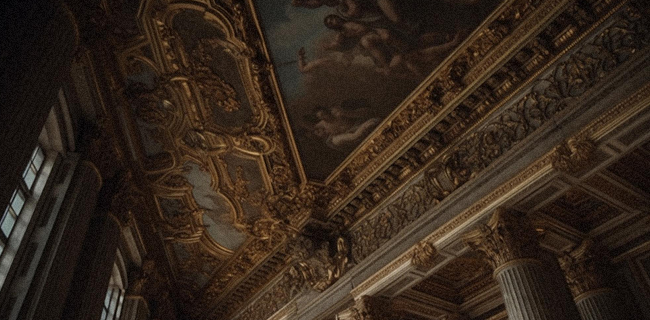
The term "baroque," from the Portuguese "barroco," meaning "oddly shaped pearl," defines an art and architectural style spanning 1600 to 1750, characterized by grandeur and drama. This period prioritized mass over surface details.
Influenced by a Catholic revival, particularly in 17th-century Rome, Baroque art emerged, rooted in Realism and intense emotional expression. It transformed Realism and inspired artists to infuse powerful emotions into their works.
Beyond religious themes, this era also saw hyperrealistic European art, with luminaries like Gian Lorenzo Bernini, Peter Paul Rubens, and Rembrandt Harmenszoon van Rijn making significant contributions.
- Romanticism (1750-1890): Riding the Waves of Emotion
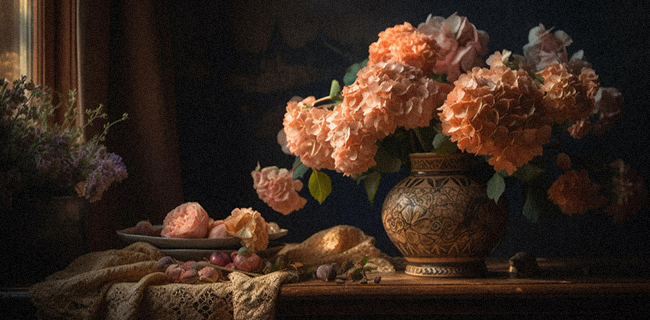
Now, let's dive into the realm of Romanticism, the artistic movement that rolled out like a captivating story of European cultural identities. It was a part of a broader artistic spectrum that included European paintings, literature, and architectural wonders.
Starting its journey in mid-18th-century Britain, Romanticism took its sweet time, not making its way to continental Europe until around 1820. It coexisted with Neoclassicism for a while, creating a dynamic artistic duo that kept things interesting.
What made Romanticism stand out was its rebellious spirit, waving goodbye to idealization and embracing the raw, personal, and emotional facets of art. This movement drank deep from the wells of folk culture and spiritual beliefs, infusing European art with intense emotions that stirred the soul.
- Realism (1850-1900): Embracing Life As It Is
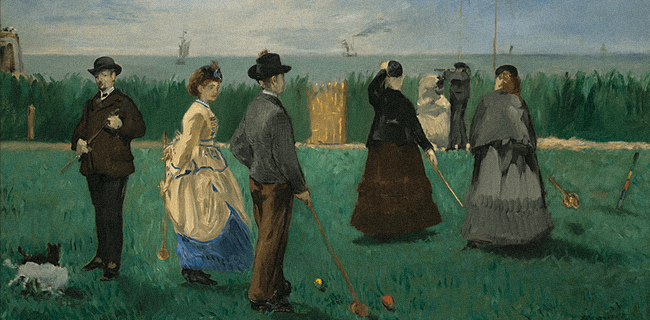
Let's explore Naturalism, also known as Realism, and its impact on European cultural identities. Realism emerged in the 1850s, fueled by the post-revolutionary fervor of France.
This artistic movement spread across Europe, with French painters leading the way. But it wasn't just about the visuals; it delved into capturing the genuine essence of life, often highlighting the everyday struggles of common people.
In a departure from the prevailing romanticism, realism made its mark on European art. One notable figure, Gustave Courbet, a French artist, played a significant role by authentically portraying the world as he perceived it.
- Impressionism (1870-1920): Capturing Life's Moments
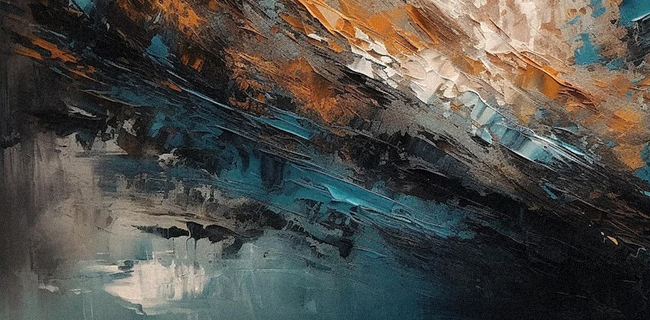
What about a cool European art movement that rocked the scene from the 1870s in France? Picture a bunch of rebellious Parisian painters thumbing their noses at the stuffy rules of academic art.
At first, these artists faced snooty critics and couldn't catch a break at the Paris Salon. So, they said, "Screw it!" and formed their own gang to showcase their art. Impressionism was all about painting scenes from everyday life, giving a nod to the countryside but never staying put.
They painted landscapes, dramatic moments, and scenes that spoke to society. Unlike Realism, it was more about technique than ideology. Claude Monet, the guy behind 'Impression, Sunrise' in 1872, was one of the rock stars of this art revolution.
So, how did you like the quick art history rundown?
Sometimes, to understand our present, we've got to take a peek into our past. Believe it or not, this holds true for the world of marketing and branding too, with its roots tracing all the way back to the old continent. Thanks for reading, and if you're up for more intriguing content, feel free to browse our site!

